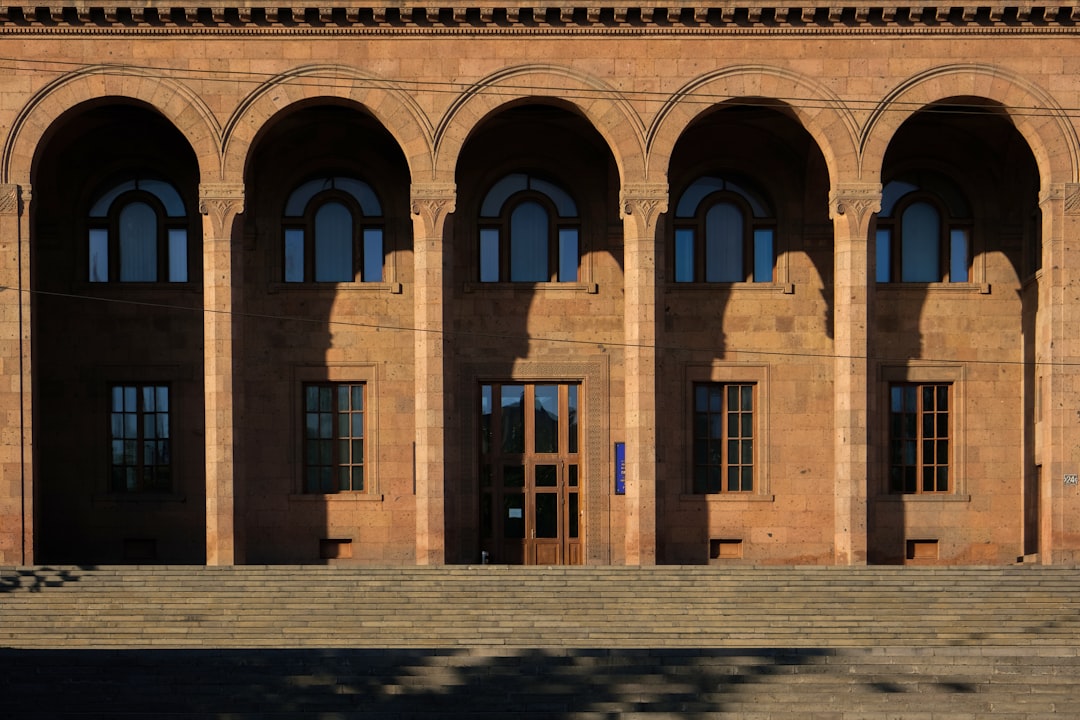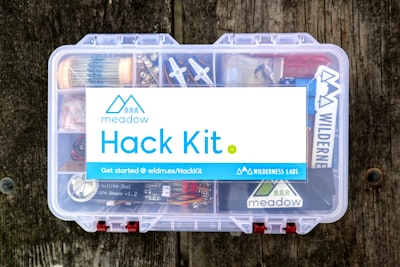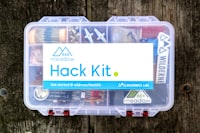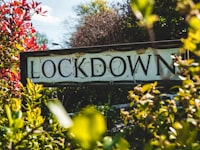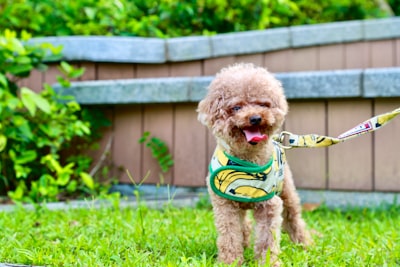Book
Daftar jenis capung di Pulau Sumatra menurut tim DCI (Daftar Capung Indonesia) berjumlah 294 jenis, merujuk dari data dasar yang dikompilasi oleh Lieftinck dalam jurnal Treubia volume 22 -Suplement, “Handlist of Malaysian odonata, a catalogue of the dragonflies of the malay peninsula, sumatera, java, and borneo, including the adjacent small island”, yang diterbitkan Museum Zoologi Bogor, Kebun Raya Bogor pada tahun 1954 yang berjumlah 242 jenis. Dalam kurun waktu dua abad perjalanan eksplorasi keanekaragaman hayati di Indonesia, pengetahuan mengenai capung Sumatra bisa dikatakan berjalan lambat, didominasi peneliti asing dalam upaya mengungkap keanekaragaman jenis capung di pulau Sumatra masih terbilang tinggi, masih sedikit peneliti dalam negeri yang berkonsentrasi dalam eksplorasi capung.
Eksplorasi capung di Lanskap KELOLA Sendang yang dilakukan pada tahun 2019, merupakan salah satu upaya mengungkap keanekaragaman jenis capung di sebagian kecil Pulau Sumatra. Selain keanekaragaman capung, respon capung dewasa terhadap perubahan lahan menjadi perhatian tersendiri. Walaupun kegunaan capung dewasa sebagai indikator yang sesuai untuk menunjukan kesehatan non akuatik masih kurang dipahami, akan tetapi capung dewasa merupakan serangga yang lebih mudah dan murah untuk memotret perubahan yang kompleks di dalam lanskap luas.
Dari kegiatan eksplorasi tercatat 89 spesies capung yang terdiri dari 59 sub ordo anisoptera (capung biasa), dan 30 sub ordo zygoptera (capung jarum), 2 jenis diantaranya adalah jenis endemik Pulau Sumatra. Hasil temuan lainnya merupakan new record untuk pulau Sumatra, seperti Libellago dorsocyana yang dijumpai pada aliran-aliran deras di Sungai Batanghari Leko, sebelumnya capung yang memiliki warna hitam dengan variasi warna biru terang pada thorax dan abdomennya ditemukan di Kalimantan Barat, dan Pseudothemis jorina, catatan sebaran baru untuk Pulau Sumatera.
Keberadaan capung tidak bisa dipisahkan dengan ekosistem perairan. Capung mempunyai hubungan yang erat dengan perairan karena berkaitan erat dengan siklus hidupnya. Perairan dimanfaatkan oleh capung untuk meletakkan telur yang nantinya akan berkembang menjadi larva yang disebut dengan nimfa, masa terpanjang dalam siklus hidup capung berada pada fase nimfa yang berada di dalam air, oleh karena itu capung dijadikan sebagai biondikator pencemaran air. Selain perairan, capung juga berkorelasi dengan keberadaan tutupan vegetasi, capung yang berada di daerah terbuka akan berbeda komposisi jenisnya dengan di daerah yang memiliki tutupan vegetasi, baik sedang maupun rapat. Respon capung dewasa terhadap perubahan tutupan vegetasi sudah banyak diteliti, seperti yang dilakukan oleh M.J Samway dan J.P Simaika tahun 2018-2012 di kawasan konservasi Afrika Selatan, yang menghasilkan Dragonfly Biotic Index. Oppel (2006) membandingkan komposisi jenis capung di hutan hujan tropis dengan hutan yang telah mengalami modifikasi (berubah menjadi pemukiman).
Kawasan Lanskap KELOLA Sendang memiliki berbagai tipe habitat dan tata guna lahan. berdasarkan hasil eksplorasi, beberapa karakter Habitat telah diketahui dan dikelompokan sebagai habitat utama untuk capung, seperti habitat perairan terbuka, aliran anak sungai di dalam hutan dengan tutupan vegetasi rapat hingga sedang, hutan rawa gambut, hutan rawa gambut regenerasi muda yang ditumbuhi semak dan tumbuhan pionir, rawa gambut bekas terbakar (Lahan Terbuka), danau di dalam hutan, dan embung (situs buatan).
